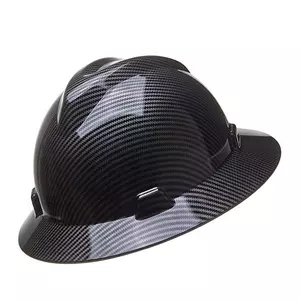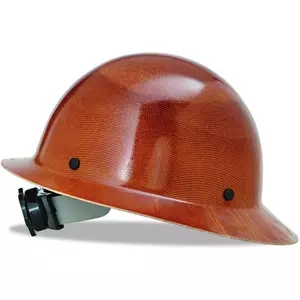The helmet is a head protection device that prevents object hits and head collisions when falling. A shallow dome hat made of steel or similar materials worn by miners and underground engineers to protect their heads. A light protective helmet usually made of metal or reinforced plastic that workers wear in an industrial production environment. A hat worn by workers during construction or mining. To protect the head from falling objects. It is generally made of wicker, rattan core or plastic.
main feature:
Lightweight and low-risk safety helmets with good air permeability;
Good ventilation, light weight, providing comprehensive comfort for the wearer


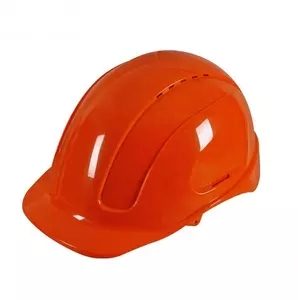



The protective function of the helmet:
When the head of the operator is impacted by a falling object, the helmet shell and cap lining are used to instantly decompose the impact force to the entire area of the skull, and then the various parts of the helmet are used to buffer the elastic deformation, plastic deformation and allowable deformation of the structure. The structural damage absorbs most of the impact force, so that the final impact force on the head of the person is reduced to below 4900N, thereby protecting the head of the operator. The shell material of the helmet plays an important role in the overall resistance of the helmet.





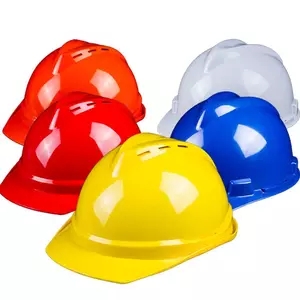
Structural parts:
Cap shell: to withstand the blow, so that the falling object is separated from the human body.
Hat hoop: to keep the helmet in a certain position on the head.
Top strap: Disperse the impact force and keep the cap shell floating in order to disperse the impact force.
Rear hoop: the locking device of the head hoop.
Chin strap: to help maintain the state and position of the helmet.
Sweat-absorbent belt: Absorb sweat.
Cushion cushion: When an impact occurs, it reduces the impact force.
Wearing height: It reflects the height difference from the forehead to the top of the head, which greatly interferes with the eyes, ears and wearing objects. The headband of the small helmet is detached from the forehead. The tightening part cannot be closed, and it cannot be guaranteed to have a certain state and position on the head.
Vertical spacing: reflects the gap between the inside of the cap shell and the top of the head. If it is too small, the ventilation will be poor, and if it is too large, the center of gravity of the cap will rise, causing the helmet to be unstable on the head.
Horizontal spacing: Provide a buffer space when there is lateral force in the impact. It is also a heat dissipation channel.



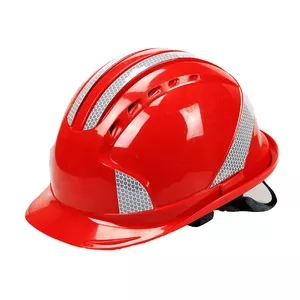

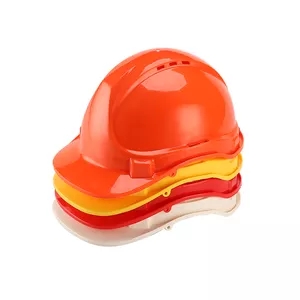
Structure type:
The top of the cap shell should be strengthened. It can be made into a light top or a ribbed structure. The cap shell is made of no edges, with edges or curled edges.
The plastic cap lining should be made into a structure with a back hoop, which can freely adjust the size of the cap hoop (different pull adjustment, button adjustment, knob adjustment, etc.).
The chin strap without the back hoop cap liner is made into a “Y” shape, and the one with a back hoop is allowed to be made into a single piece.
Contact the headband of the forehead, breathe and absorb sweat.
The cushion around the cap band can be made into strips or blocks, and leave space for air circulation.
The helmet manufacturer must strictly follow the national standard GB2811-2007 for production.
Type Y helmets do not allow side pressure, because the Y type helmets only protect the injuries caused by the linear impact from top to bottom, and cannot protect against the pressure brought by the side.
